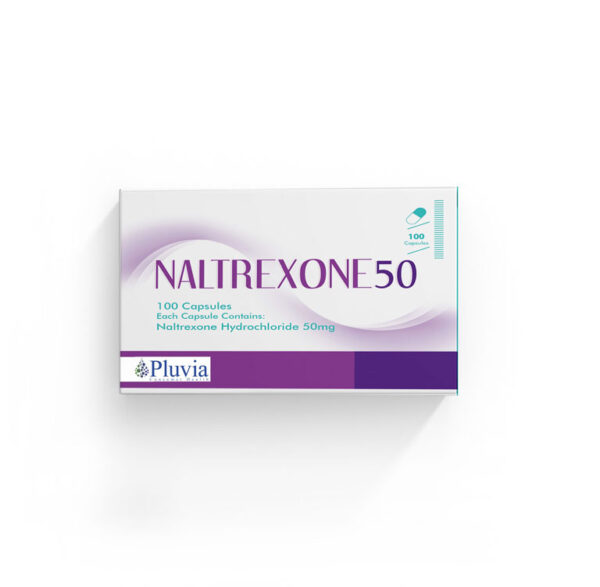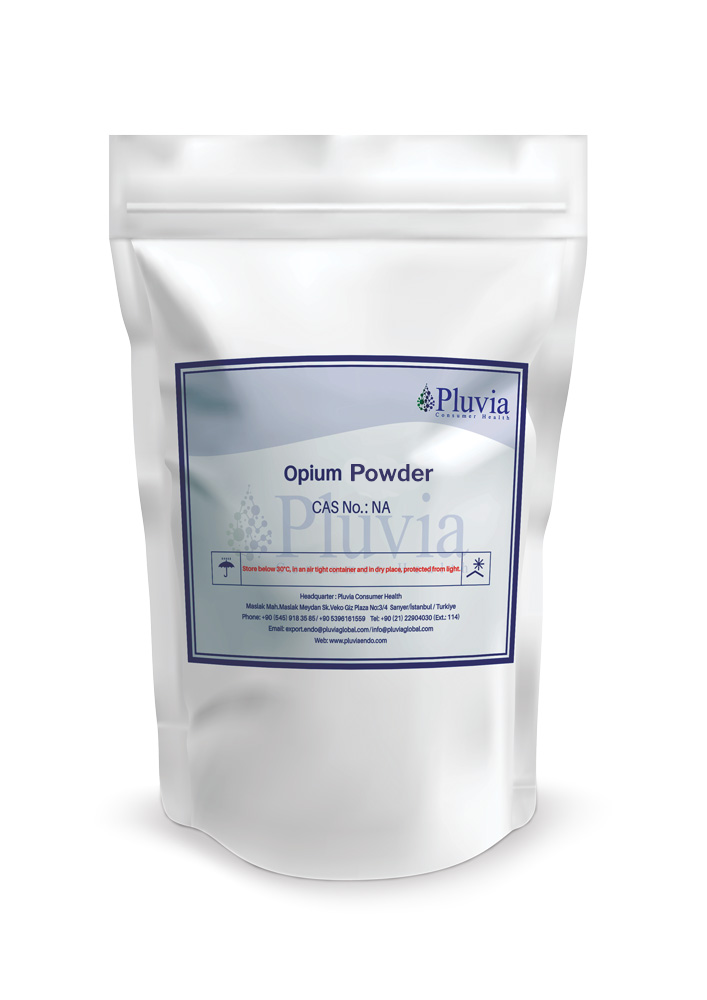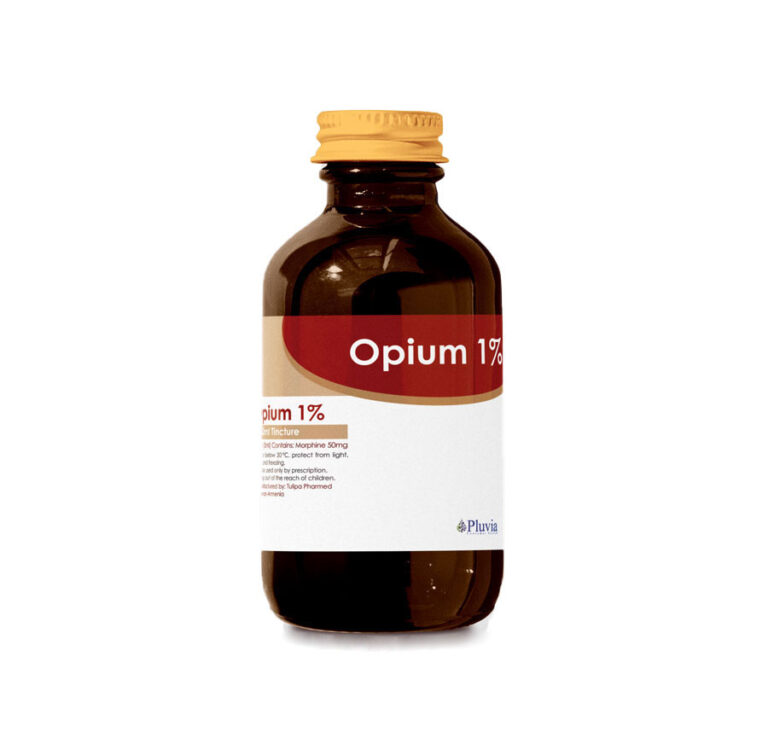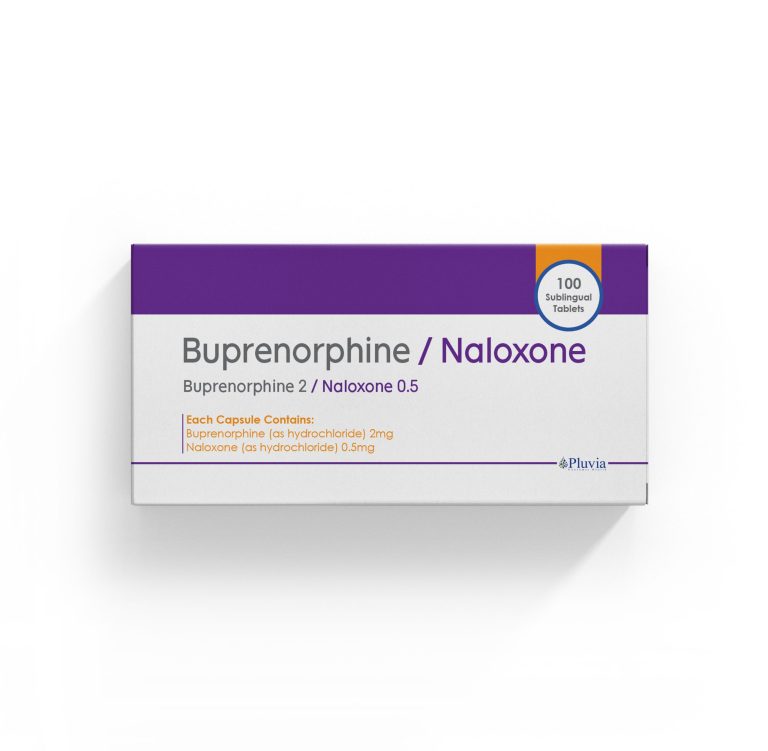Naltrexone 50 mg
Chemical formula: C20H23NO4.
Molecular weight: 341.4 g/mol.
Capsule
Naltrexone is a prescription medication used to treat alcohol use disorder and opioid use disorder. Also, Naltrexone 50 mg helps you stop using these substances and remain off them.
Naltrexone belongs to a class of drugs known as opioid antagonists and works by blocking the mu-opioid receptor. In addition, It blocks the effects of alcohol and opioid medications, preventing the intoxication these substances cause.
Naltrexone also modifies how the hypothalamus, pituitary gland, and adrenal gland (hypothalamic-pituitary-adrenal axis, HPA axis) interact to suppress the amount of alcohol consumed.
Naltrexone 50 mg: Technical Overview
Chemical Structure:
Naltrexone is a synthetic opioid receptor antagonist.
Chemical formula: C20H23NO4.
Molecular weight: 341.4 g/mol.
Mechanism of Action:
Naltrexone 50 mg competitively binds to opioid receptors, blocking the effects of endogenous opioids.
It primarily acts on the mu-opioid receptors but also affects kappa and delta receptors.
Pharmacokinetics:
Absorption: Well-absorbed orally, with peak plasma concentrations reached within 1 hour.
Distribution: Widely distributed in the body; approximately 21% bound to plasma proteins.
Metabolism: Metabolized in the liver to its primary active metabolite, 6-β-naltrexol.
Elimination: Excreted in the urine, primarily as conjugated metabolites.
Dosage Forms:
Naltrexone is commonly available in tablet form.
Standard strength: Naltrexone 50 mg.
Indications of Naltrexone 50 mg:
Treatment of alcohol dependence.
Prevention of relapse to opioid dependence after opioid detoxification.
Adjunctive treatment of obesity in combination with a reduced-calorie diet.
Administration:
Oral administration with or without food.
The dosing frequency may vary based on the specific indication and healthcare provider recommendations.
Contraindications:
Hypersensitivity to naltrexone.
Current opioid use (naltrexone can precipitate withdrawal symptoms).
Positive opioid screens at the time of initiation.
Monitoring and Side Effects:
Regular monitoring of liver function is recommended.
Common side effects may include nausea, headache, dizziness, and fatigue.
Rare but serious side effects may include hepatotoxicity.
Special Considerations:
Caution is advised when using naltrexone in patients with liver impairment.
The decision to use naltrexone should be part of a comprehensive treatment plan supervised by healthcare professionals.
Duration of Treatment:
The duration of Naltrexone 50 mg treatment varies based on the specific indication and individual patient response.
As a manufacturer, Pluvia Endo can supply you in grades like USP and BP at competitive prices with the best quality material with Unique Molecules & Know-How. Our Portfolio Contains Several Specific APIs & Finished Dosage Form Medications in The Field of Opioid Medications & Nutraceutical Supplements.
Contact us for more information
We understand the complexities and challenges you face in the healthcare industry. That’s why we’re dedicated to providing innovative solutions and insightful knowledge to help you achieve your goals.
Your input is crucial in helping us understand your needs and deliver the most relevant support:






